Women of the war honoured by D-Day sculpture
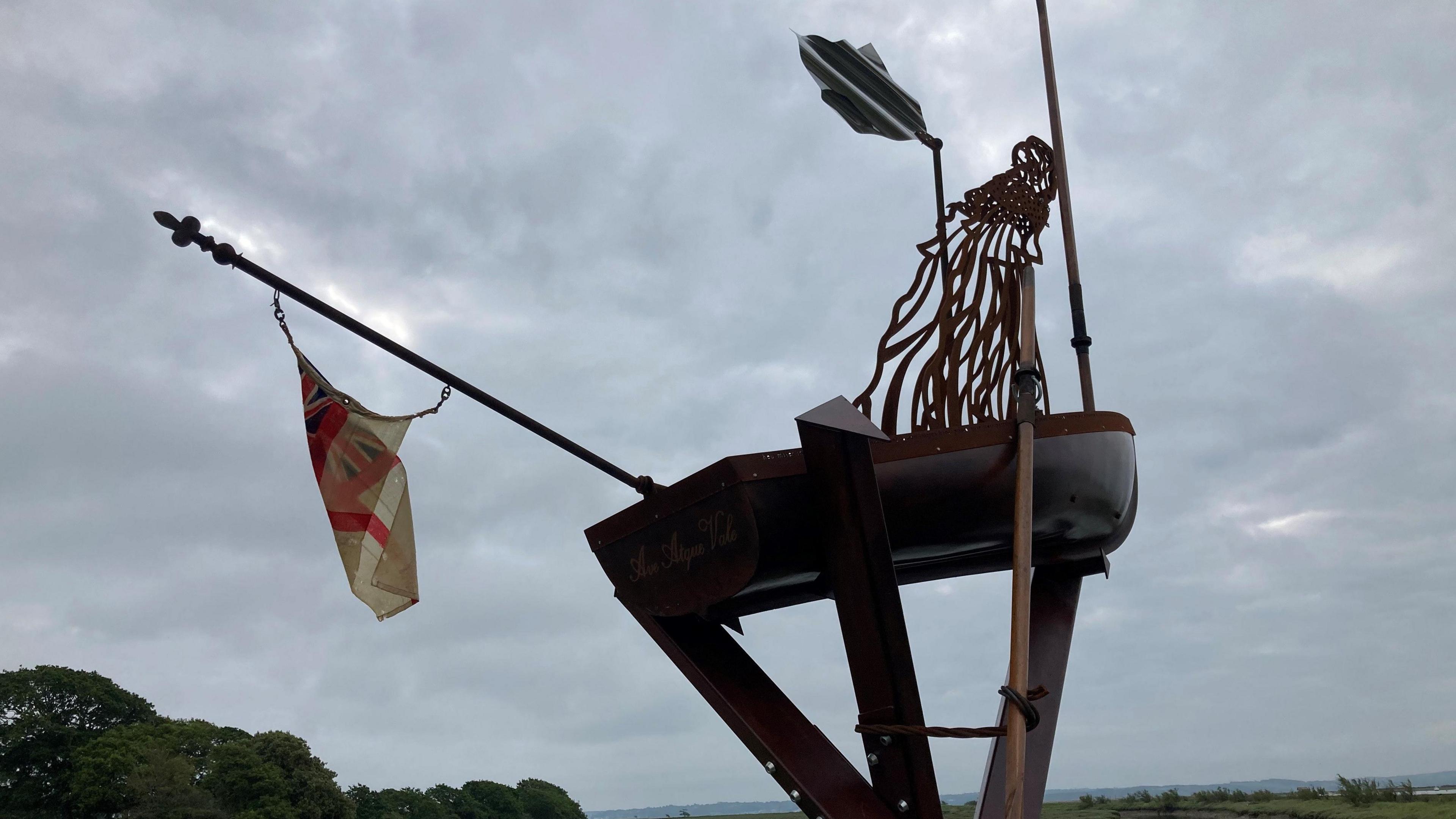
The sculpture is called Ave Atque Vale, which means 'Hail and Farewell' in Latin, but will also be known as The Lady of the South
- Published
A sculpture honouring the role women played in the preparations for D-Day has been unveiled.
The piece, called The Lady of the South, has been revealed on the Exbury Estate in the New Forest, Hampshire, ahead of the 80th anniversary of D-Day.
Much of the planning and preparations for the landings in Normandy, known as Operation Overlord, happened at Exbury House and on the Beaulieu River.
Exbury House was requisitioned by the Royal Navy in 1942 and known as HMS Mastodon during the war, with more than 100 Wrens, the Women's Royal Naval Service, based there.
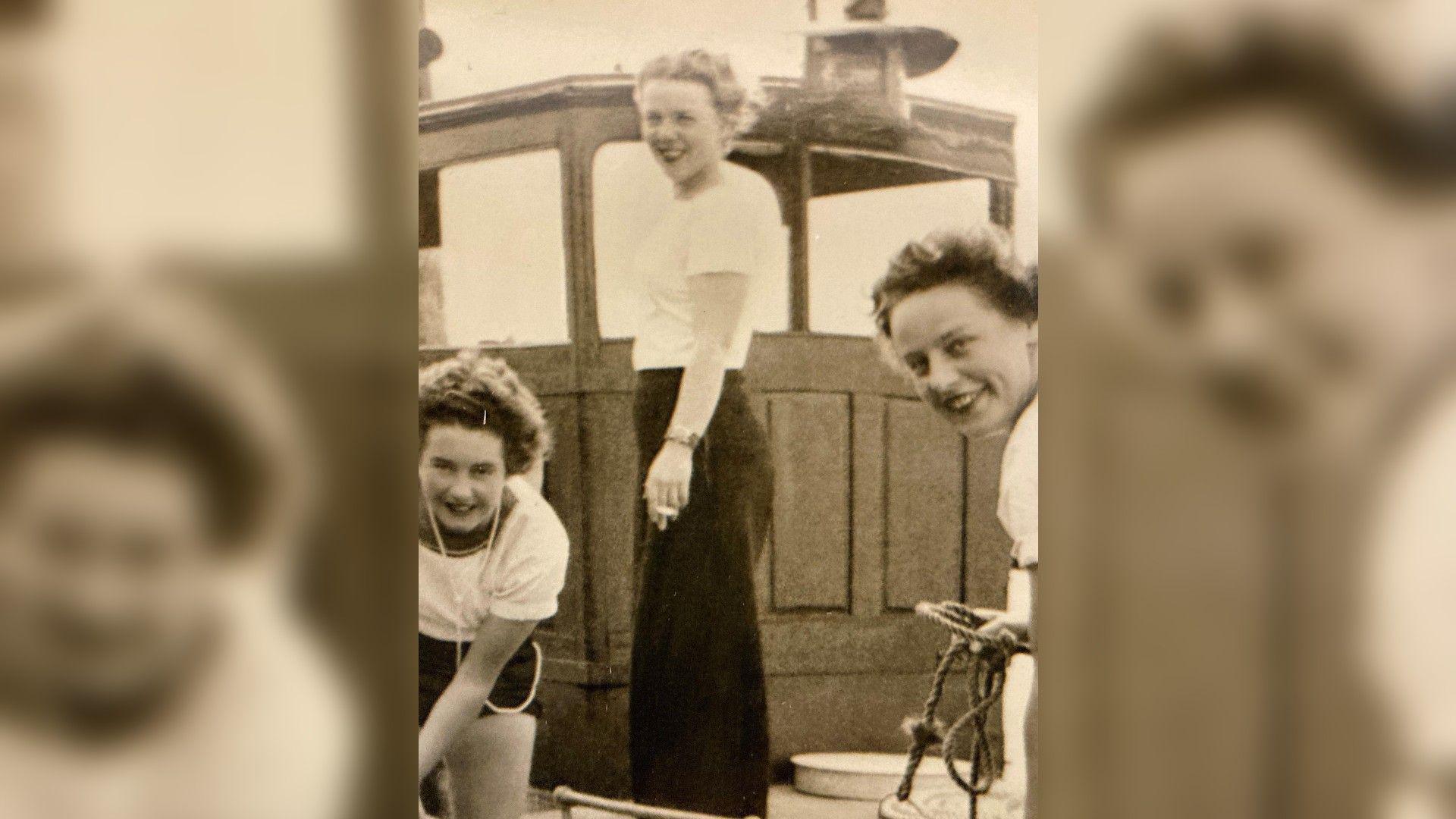
More than 100 Wrens were based at Exbury House and Beaulieu River, which was renamed HMS Mastodon during World War Two
The sculpture has been positioned on the eastern shore of the Beaulieu River in salt marshes that form part of the Exbury Estate, owned by Nick de Rothschild.
It incorporates the figure of a lady waving a white handkerchief and a boat that was found washed up on the shore.
The base represents the Czech hedgehog defences encountered on the D-Day beaches.
It is inscribed with the Latin words Ave Atque Vale, which means 'Hail and Farewell'.

Alistair Morrison said Exbury House was a "hugely significant" base for planning Operation Overlord
The sculpture is the brainchild of British photographer Alistair Morrison, who commissioned local sculptor Chris Campbell to design the piece.
It will be a permanent art piece commemorating D-Day and is part of an arts trail called Time to Connect.
Mr Morrison said: "It represents the women that were left behind on our shores. Not just the Wrens, but also the families, the mums, the sisters, the daughters who were saying goodbye to very young men.
"I just wanted something to commemorate that moment when they must have felt awful saying goodbye."
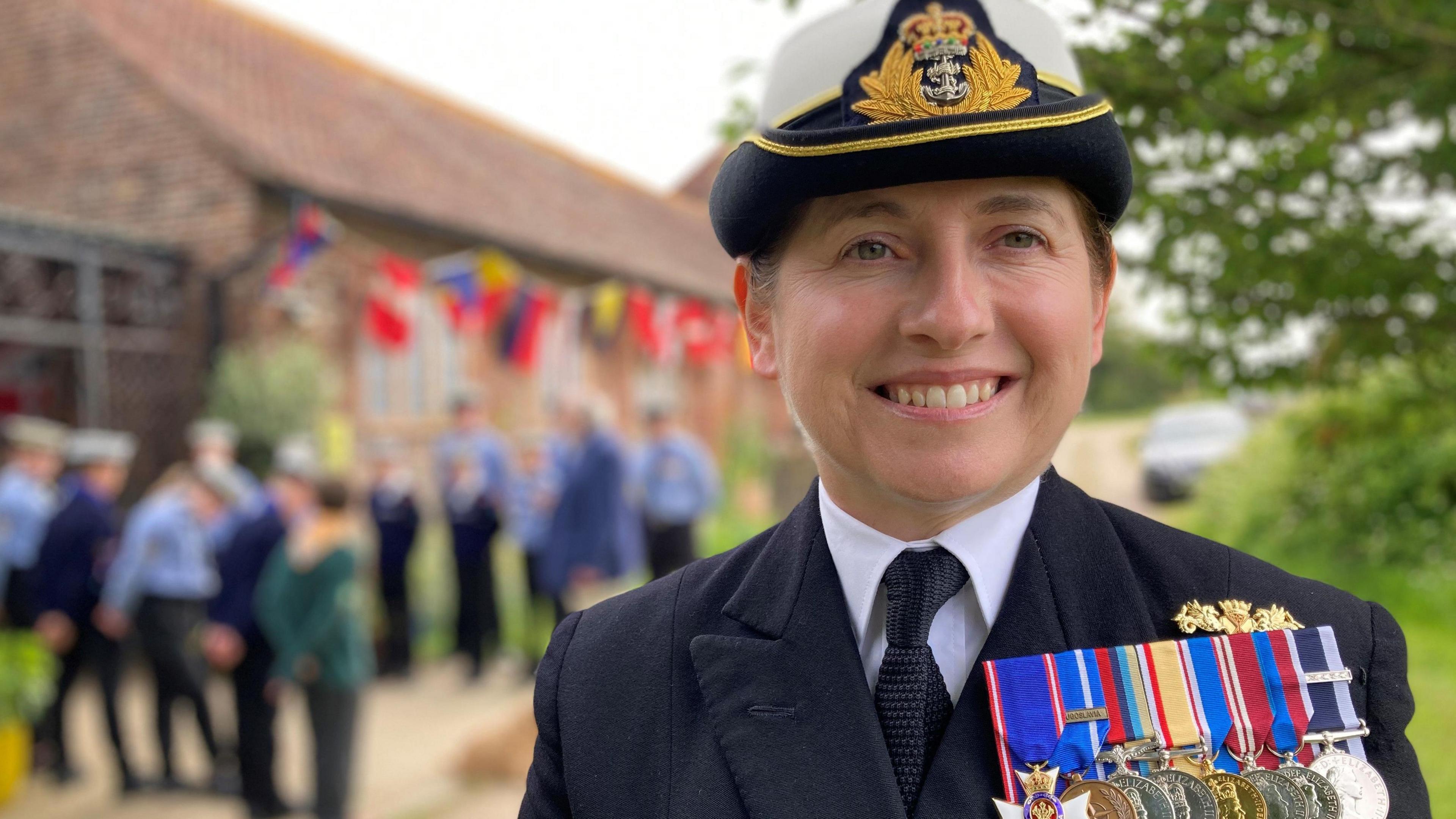
Commodore Catherine Jordan said the range of tasks Wrens completed during World War Two was "immense"
Commodore Catherine Jordan attended the unveiling of the statue, alongside other current serving Navy personnel.
She emphasised the importance of the role the Wrens played in the D-Day Normandy landings.
Cdre Jordan explained: "It was to free up men for the front line, so actually the range of tasks the Wrens were asked to do was just immense. From marine engineering to weapons, to code breaking, a lot of people know about the Bletchley Park Wrens.
"But there were hundreds based here as well, supporting the landing craft to get out to be able to achieve D-Day."
She added: "I think a perception is that it was a lot of clerical work and there was that, but they were engaged in all types of warfare roles as well, anything that supported the operations, there was generally a Wren in there."
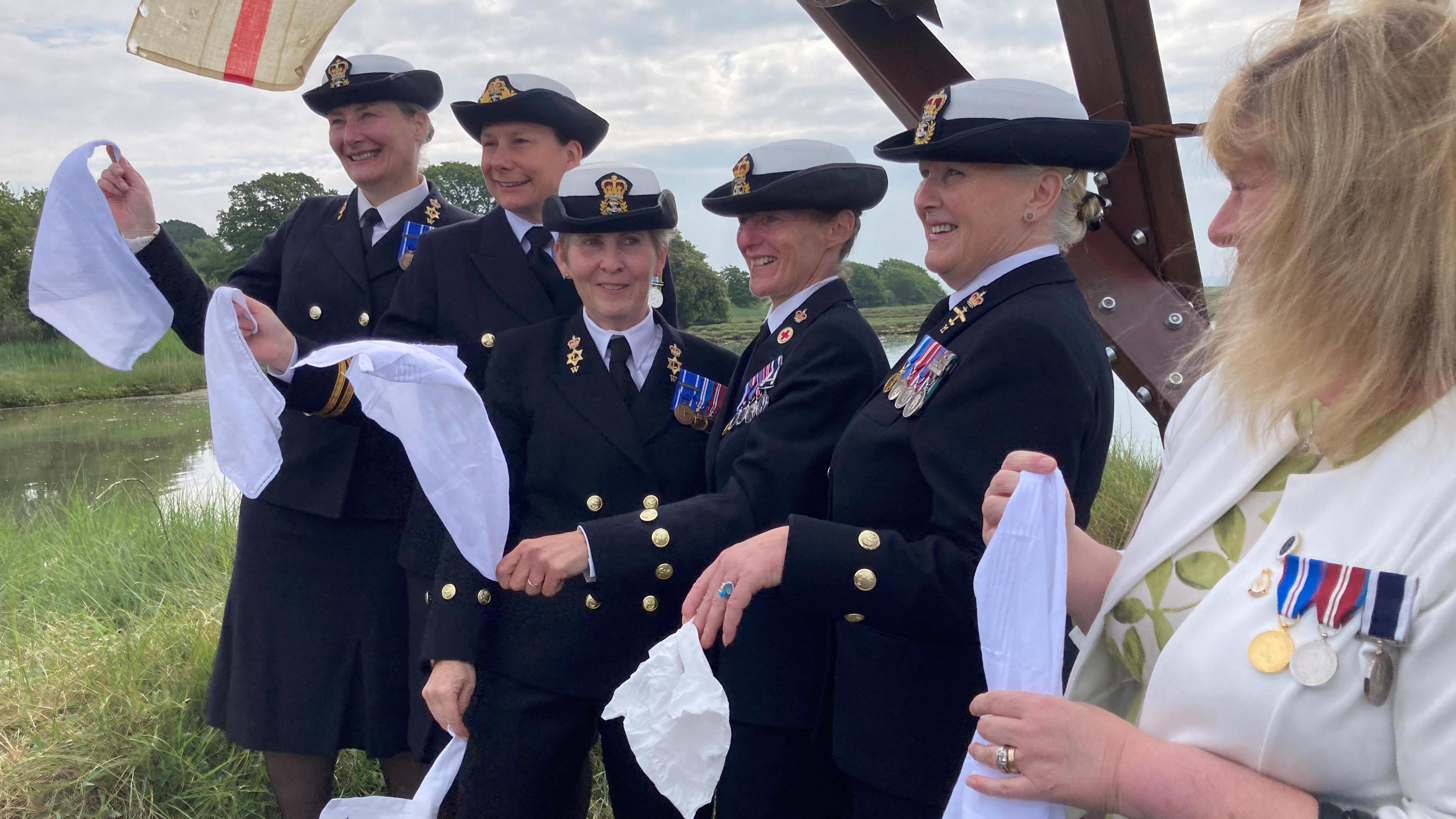
Women currently serving in the Royal Navy waved white handkerchiefs during the sculpture unveiling
Follow BBC South on Facebook, external, X (Twitter), external, or Instagram, external. Send your story ideas to south.newsonline@bbc.co.uk, external or via WhatsApp on 0808 100 2240, external.
- Published5 April 2024
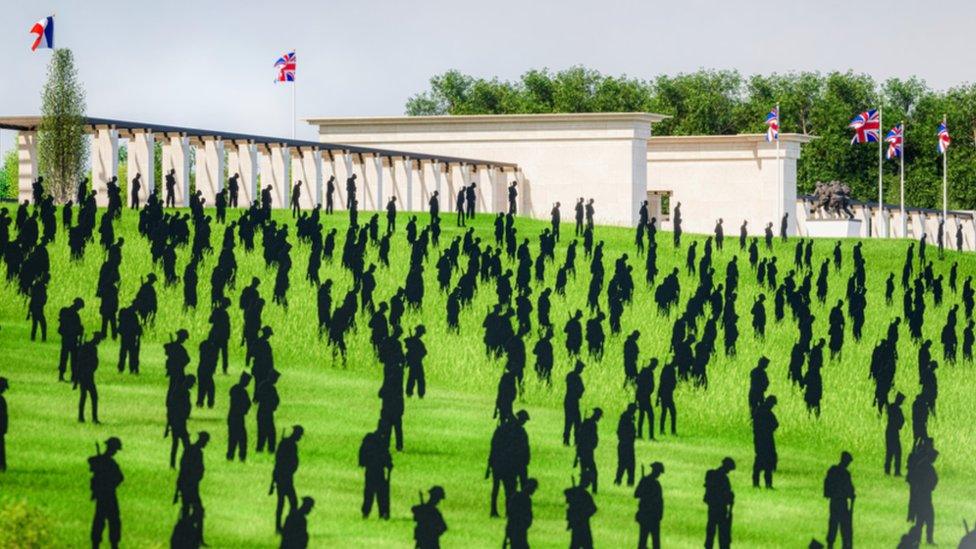
- Published20 August 2021
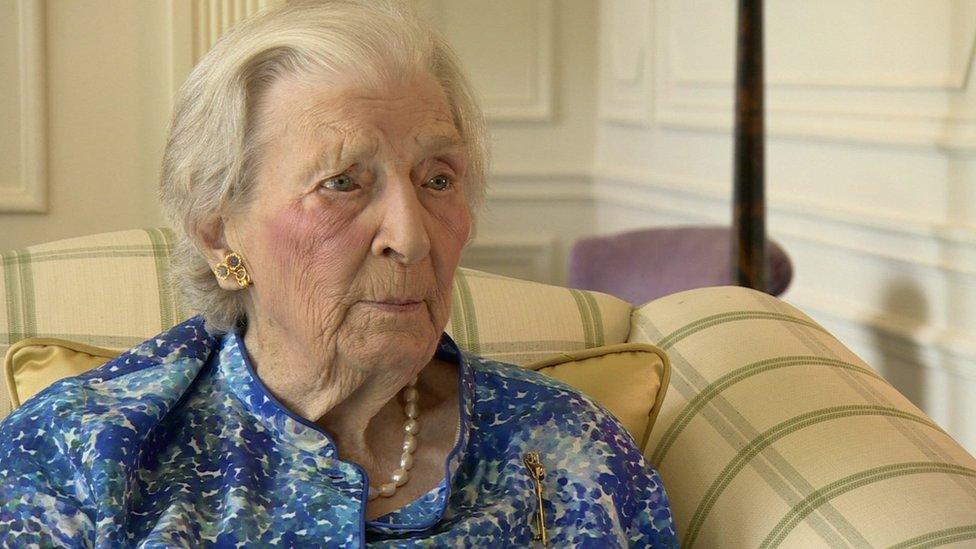
- Published4 June 2024
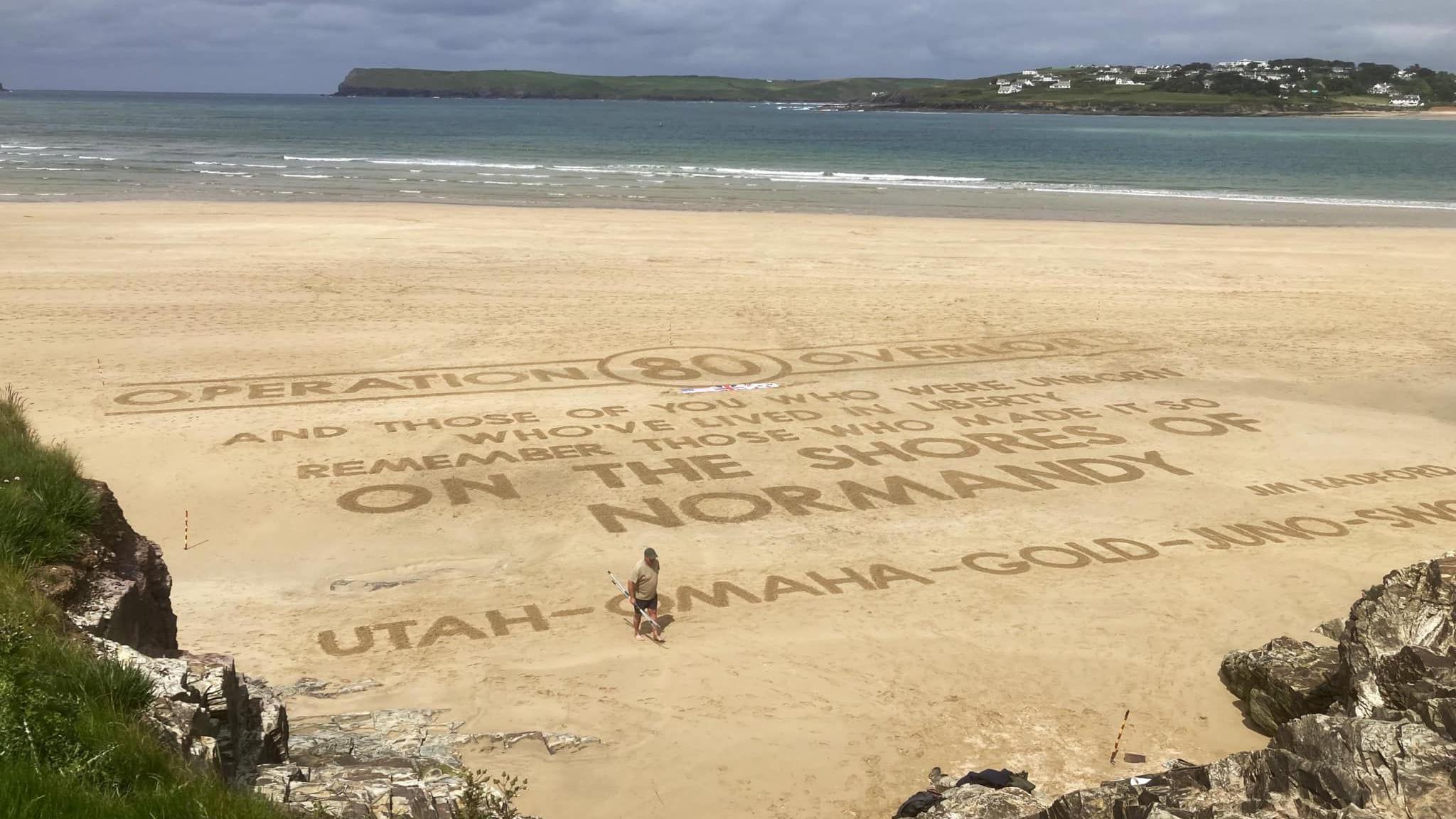
- Published23 May 2024
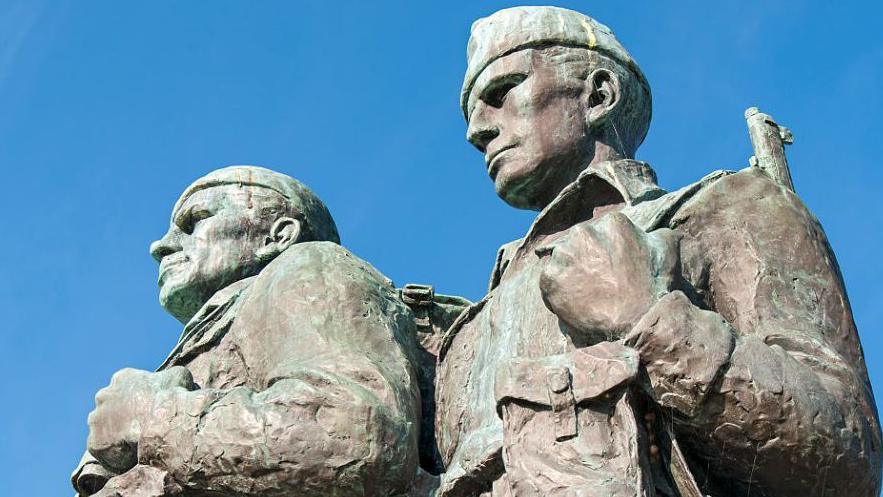
- Published21 March 2024

- Published5 March 2019
